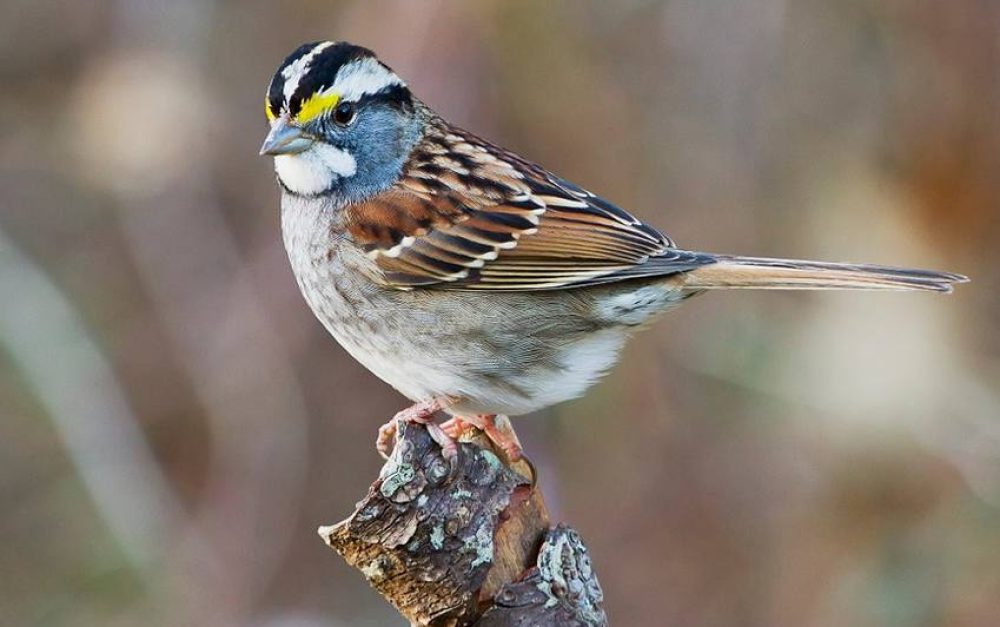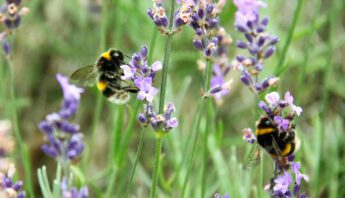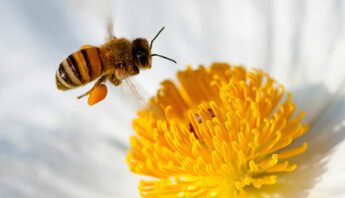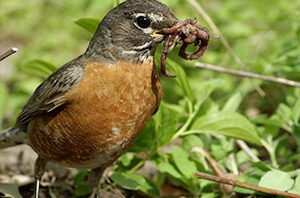The U.S. Environmental Protection Agency (EPA) has released several scientific assessments that found commonly used neonicotinoid pesticides (neonics) can kill and harm birds of all sizes. This comes on the heels of research from the University of Saskatchewan, with experimental evidence finding dramatic effects of neonics on birds inhabiting farmland or open countryside — causing migrating songbirds to lose their sense of direction and suffer drastic weight loss.
While honey bees are the most commonly discussed pollinator endangered by pesticide exposure, this research is a reminder of the wide range of pollinators — including about 4,000 types of bees, butterflies, bats and birds — that can be impacted by agricultural chemicals.
Beyond bees
Independent scientists largely concur that bee declines are caused by a combination of several factors, including increased overall pathogen loads, poor nutrition, habitat loss and pesticide exposure. And neonicotinoid pesticides — both alone and in combination with other pesticides — have emerged as a key factor in bee die-offs, both because of their direct toxicity to bees and their indirect and cascading effects.
As we’ve seen from recent (and previous) research on birds and neonics, some of the same factors stressing bee populations are similarly damaging to avian pollinators.
Birds eat seeds . . . and whatever’s on them
EPA’s recent assessments found that risks posted to certain birds from eating neonic-treated seeds exceeded the agency’s level of concern by as much as 200-fold. If neonic-treated seeds make up just one to six percent of a bird’s diet, serious harms could result.
This is a problem because millions of neonic-treated seeds are planted annually in the U.S., including almost all of the corn, and around 40% of the soy. Compounding that, EPA doesn’t require coated seeds to be registered as a “pesticide application,” and has no program to adequately assess the ongoing environmental impacts of neonics building up in soil and water.
In fact, just a few days before EPA shared findings related to neonics and birds, the agency also reversed an Obama-era determination that seeds treated with neonicotinoid insecticides bring little benefit for soybean growers. This finding flies in the face of a body of independent research, and the agency’s previous assessment, that soy yields do not increase from neonic seed coatings.
Pushing for pollinator protection
Our work to protect pollinators — birds, bees, bats and beyond — continues. And one clear way to do that is to push for policies and practices that curb agricultural reliance on neonics and other pollinator-harming pesticides.
Last January, Center for Food Safety filed a lawsuit challenging EPA’s inadequate regulation of neonic seed coatings on behalf of PAN, several beekeepers, farmers and other sustainable agriculture and conservation groups. And PAN is continuing to push for protective pollinator policies in Minnesota, where the state Governor and Department of Agriculture have taken action steps to protect state pollinators.







